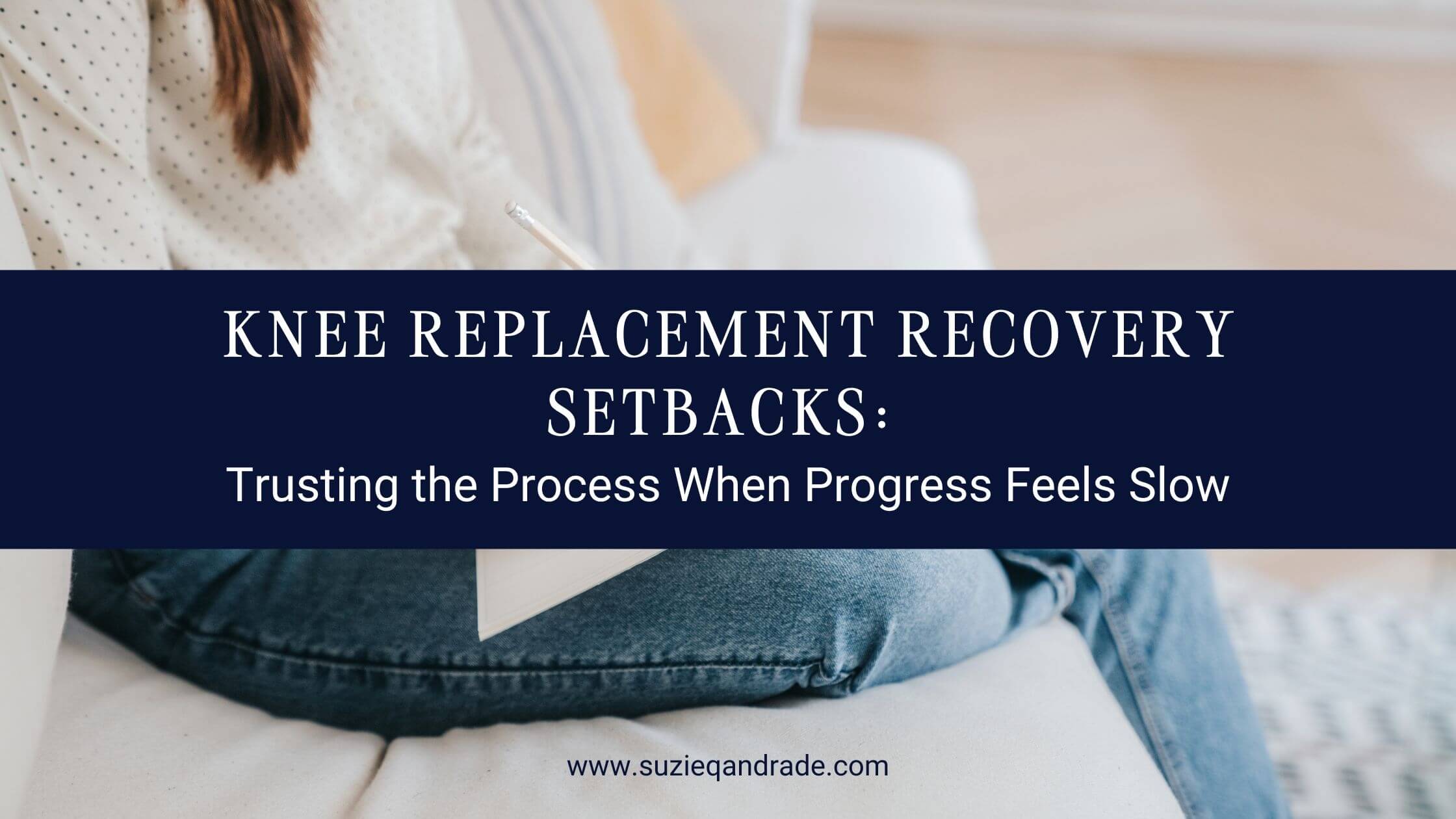 Last year, we were supposed to fly out to Las Vegas to meet friends for the weekend. Our flight kept getting delayed… and then finally canceled. Suddenly, we were scrambling. Hotel accommodations had to be fixed, we weren’t sure if we were even going anymore, and everything felt up in the air.
Last year, we were supposed to fly out to Las Vegas to meet friends for the weekend. Our flight kept getting delayed… and then finally canceled. Suddenly, we were scrambling. Hotel accommodations had to be fixed, we weren’t sure if we were even going anymore, and everything felt up in the air.That same feeling showed up in my first knee replacement adventure, six years ago.
Before I go into that, if you’re new here and still preparing for your knee replacement, take a moment to check out yesterday’s blog on knee replacement preparation tips. It walks you through how to plan for surgery like a vacation, so you feel ready, calm, and organized.
But if you’re here because you’re in the thick of recovery and you’re feeling frustrated or behind, this one’s for you. Today, I want to share my own knee-bending adventure from my first knee replacement and how it ended up teaching me one of the biggest lessons of my recovery journey.
It seems most people get their bend back by doing heel slides and quad strengthening, but mine wasn’t coming back. It was taking its own sweet time and the clock was ticking. I was doing everything, seemingly, by the book and still progress was slow and virtually nonexistent. That’s when my therapist suggested something outside the box — wall slides.
Here’s how it worked: I’d put my foot inside a pillowcase, scoot as close to the wall as I could while lying on my back, and place both feet flat against the wall. Then, using gravity, I’d let my leg slowly slide down the wall until I felt the stretch (you know the one), hold it, and then push it back up.
It wasn’t comfortable. At all. But it was progress.
Those last few degrees of bend…crawled. And I remember thinking, what if this is as good as it gets? What if I never reach 120 by my six-week appointment? My mind wanted to run down the road of fear (you know the one) — the “what if I ruined it?” loop.
But every time that thought came up, I’d stop, as soon as I became aware of it, and I’d reframe it. Recognizing fear is the first step to responding to it. Once I named it, I could bring faith into the equation. Because if it’s not in my control, it’s in God’s — and WE ARE never abandoned in that process.
If you were sitting across from me right now, feeling stuck in your own recovery, I’d tell you this: your circumstance does not define your outcome — your vision does.
When you hold space for where you want to be and ignore the fact that you’re not there yet (even when all evidence points to you not getting there), you start to build faith in motion. Just because it hasn’t been made known yet doesn’t mean it’s not going to happen. The likelihood of it happening is just as great as the likelihood of it not happening.
That’s what it means to re-lock into your vision. For me, it was my wedding day. That was the picture in my mind when I was working on that first knee — walking strong, confident, and pain-free. That vision helped me push through those frustrating moments when progress felt slow and everything seemed delayed.
That delay taught me something I carry into every part of my life now: we don’t always have control over our circumstances, and that’s okay. Trusting the process doesn’t mean loving every part of it — it means knowing you’re being guided through it.
You’re not behind. You’re becoming.
Just because the future is unknown doesn’t mean it’s bad. You can have an unknown future and still have it be really, really good.
So when things feel delayed — whether it’s your bend, your strength, or your confidence — remember: the goal isn’t to control the timeline. The goal is to trust the process, keep showing up for today, and hold faith for tomorrow.
And if you want more of this kind of encouragement and faith-based mindset for your recovery, I’d love for you to join me inside The Knee Replacement Hub. It’s your one-stop shop for prep, recovery, and perspective shifts that keep you anchored in hope. Because sometimes, all we need is a little help with the pivots — and that’s what I do best: help you pivot back to faith and hope.
You’re not stuck. You’re progressing.


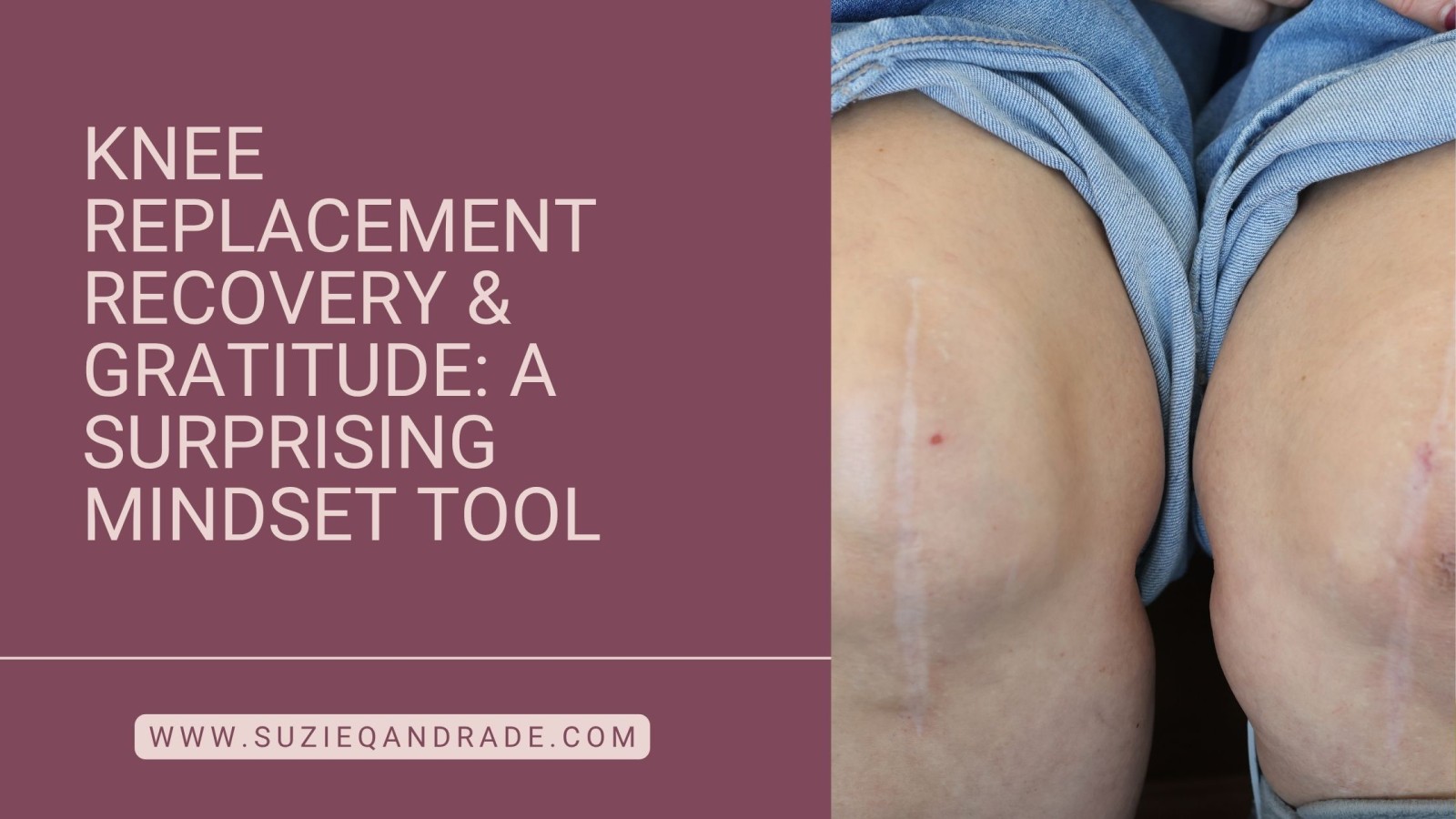

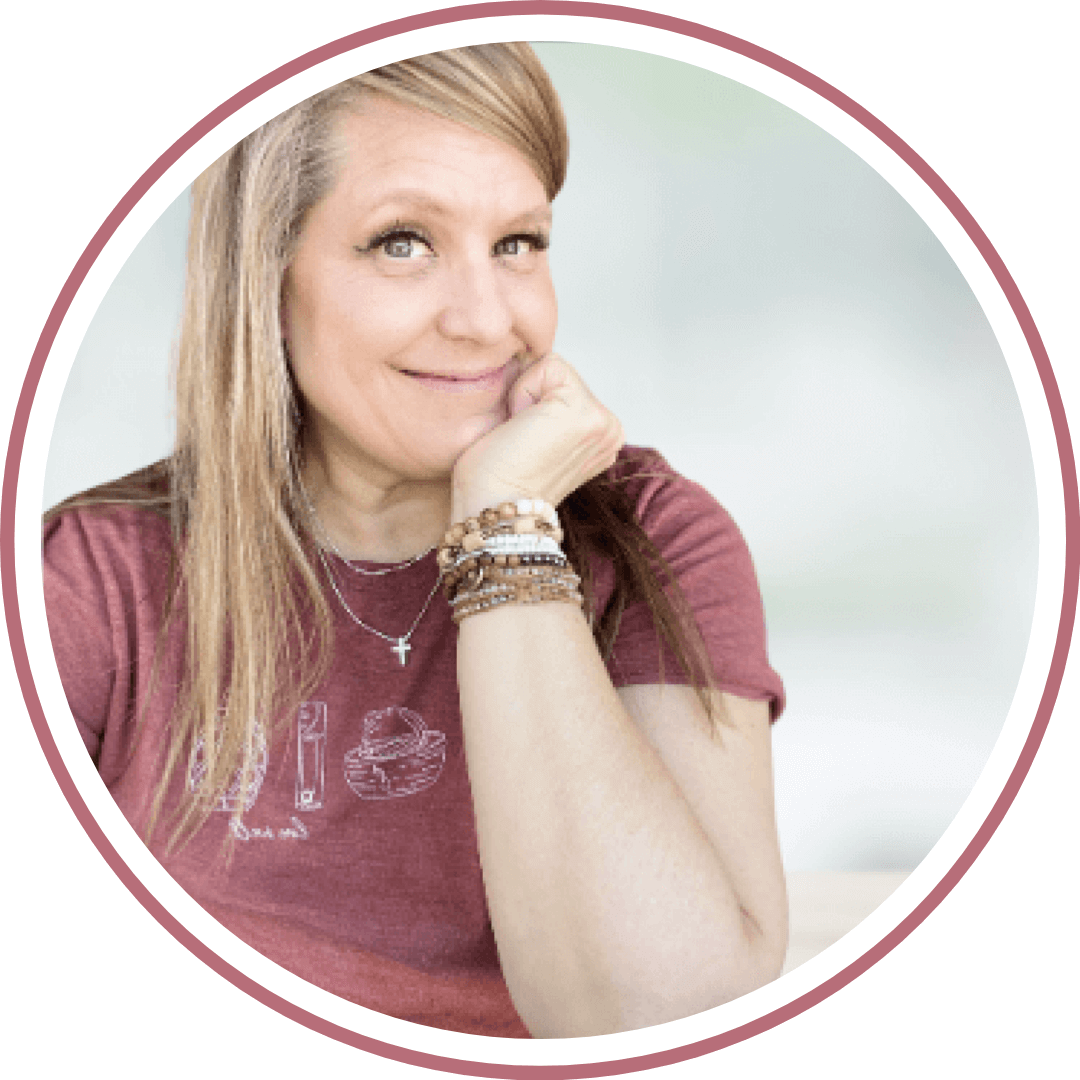





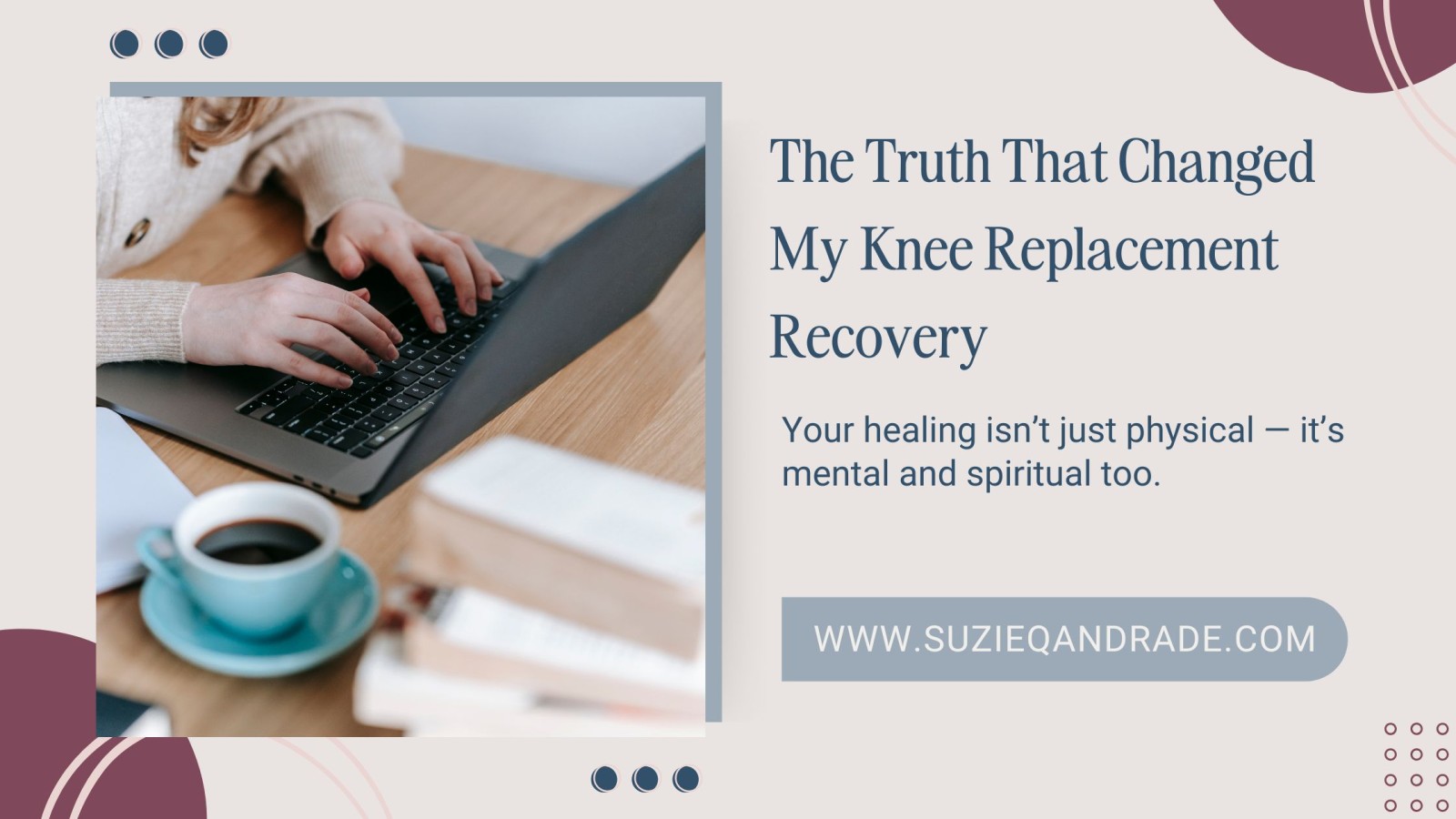
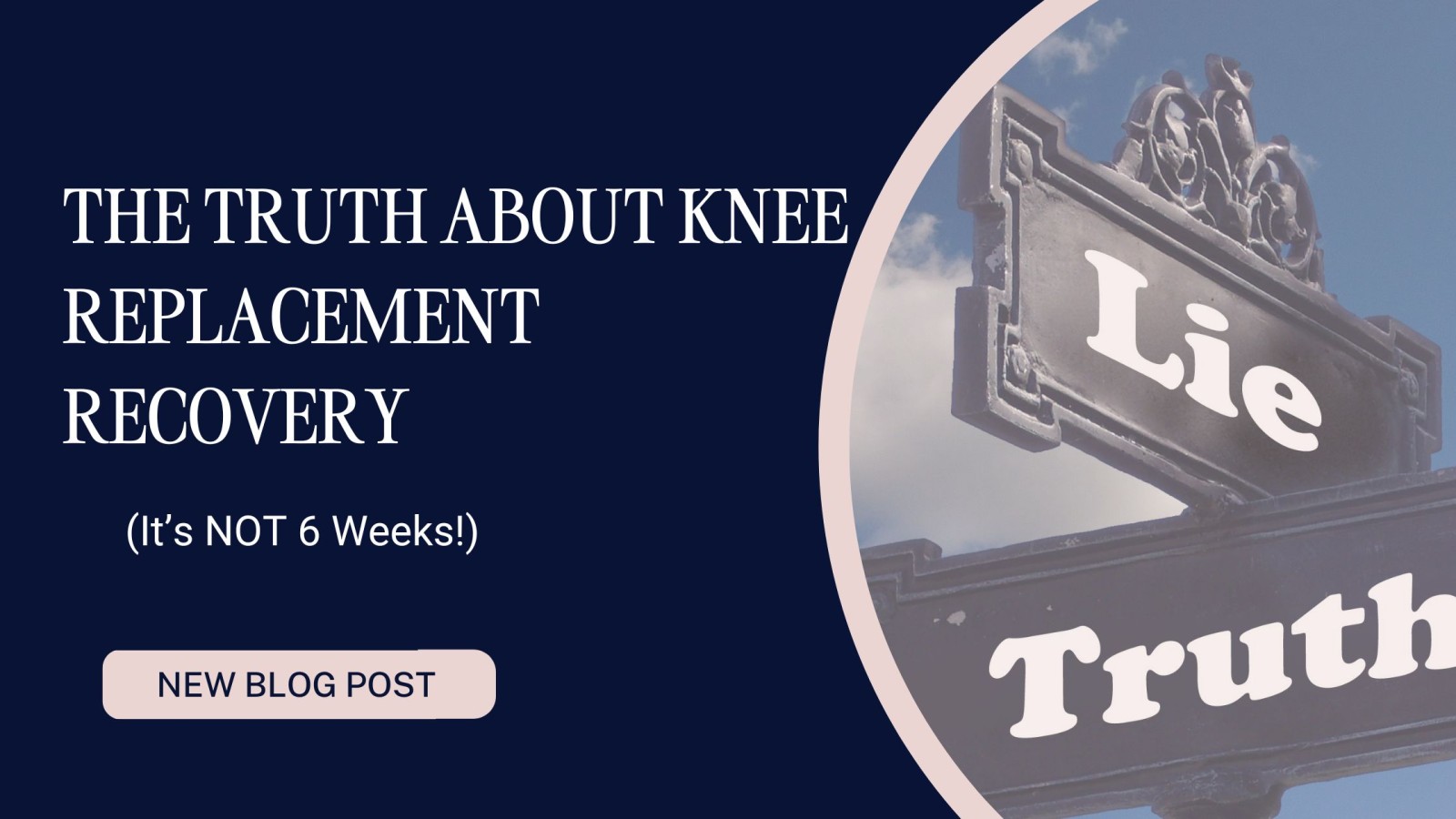
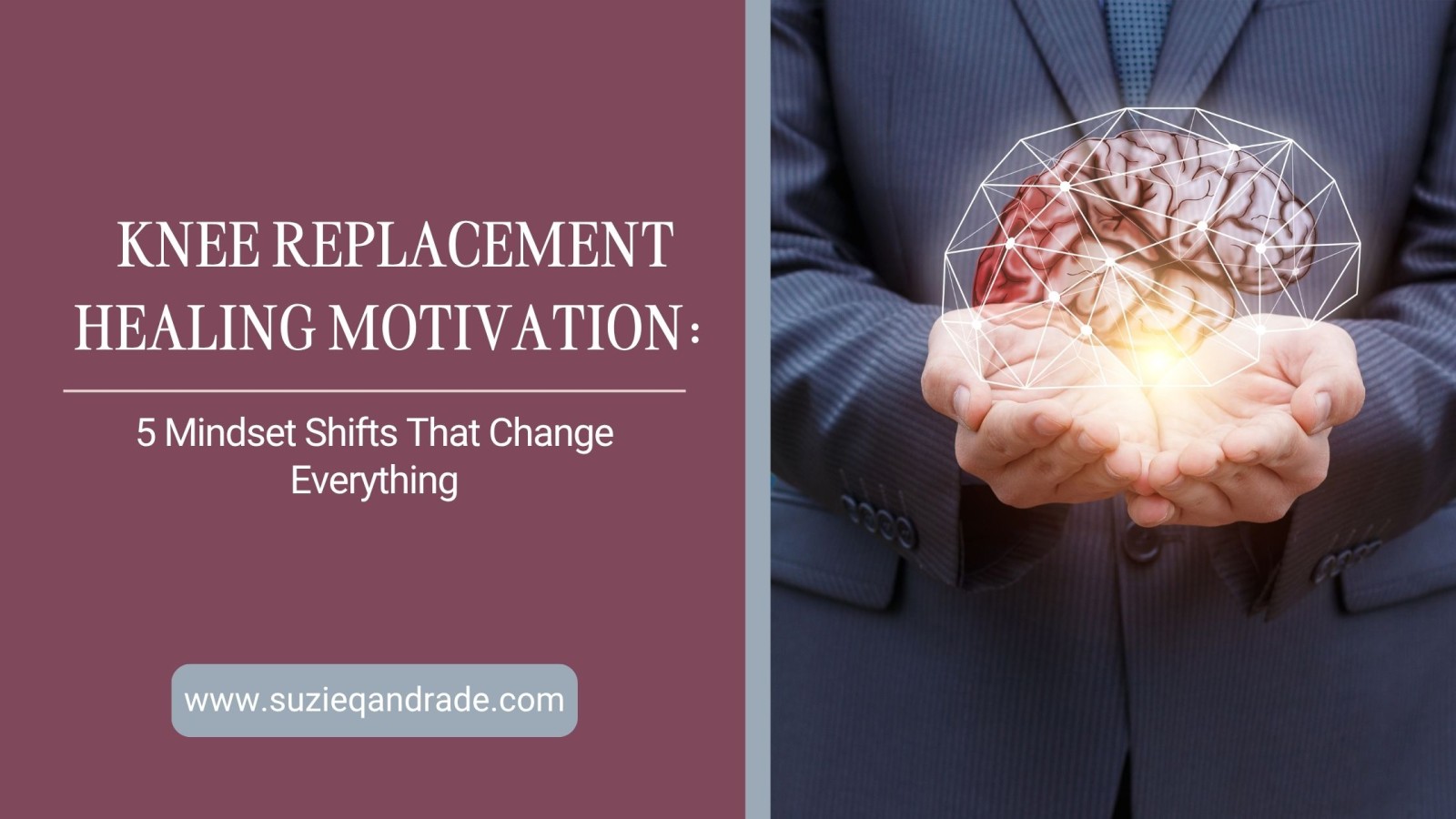
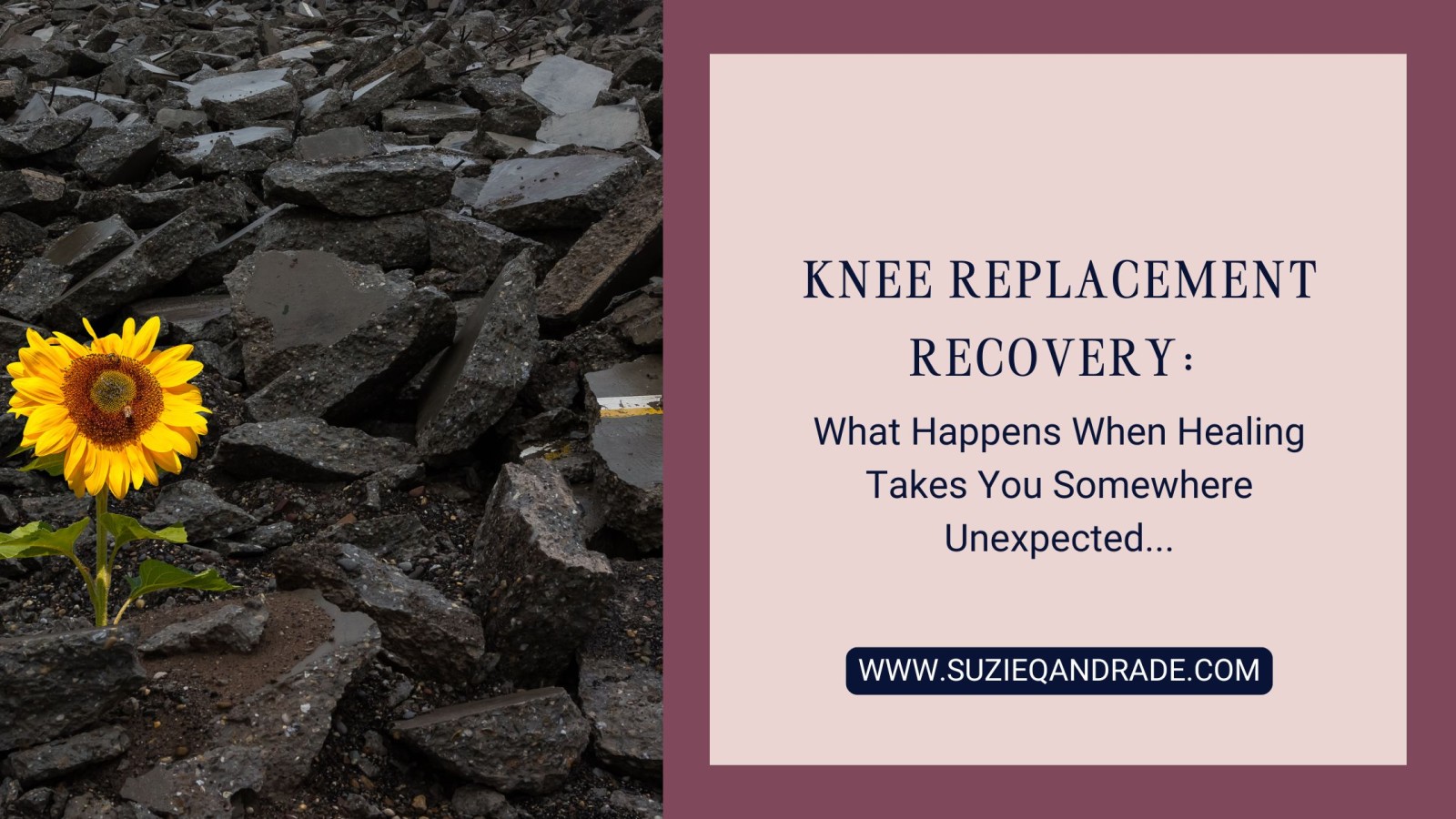
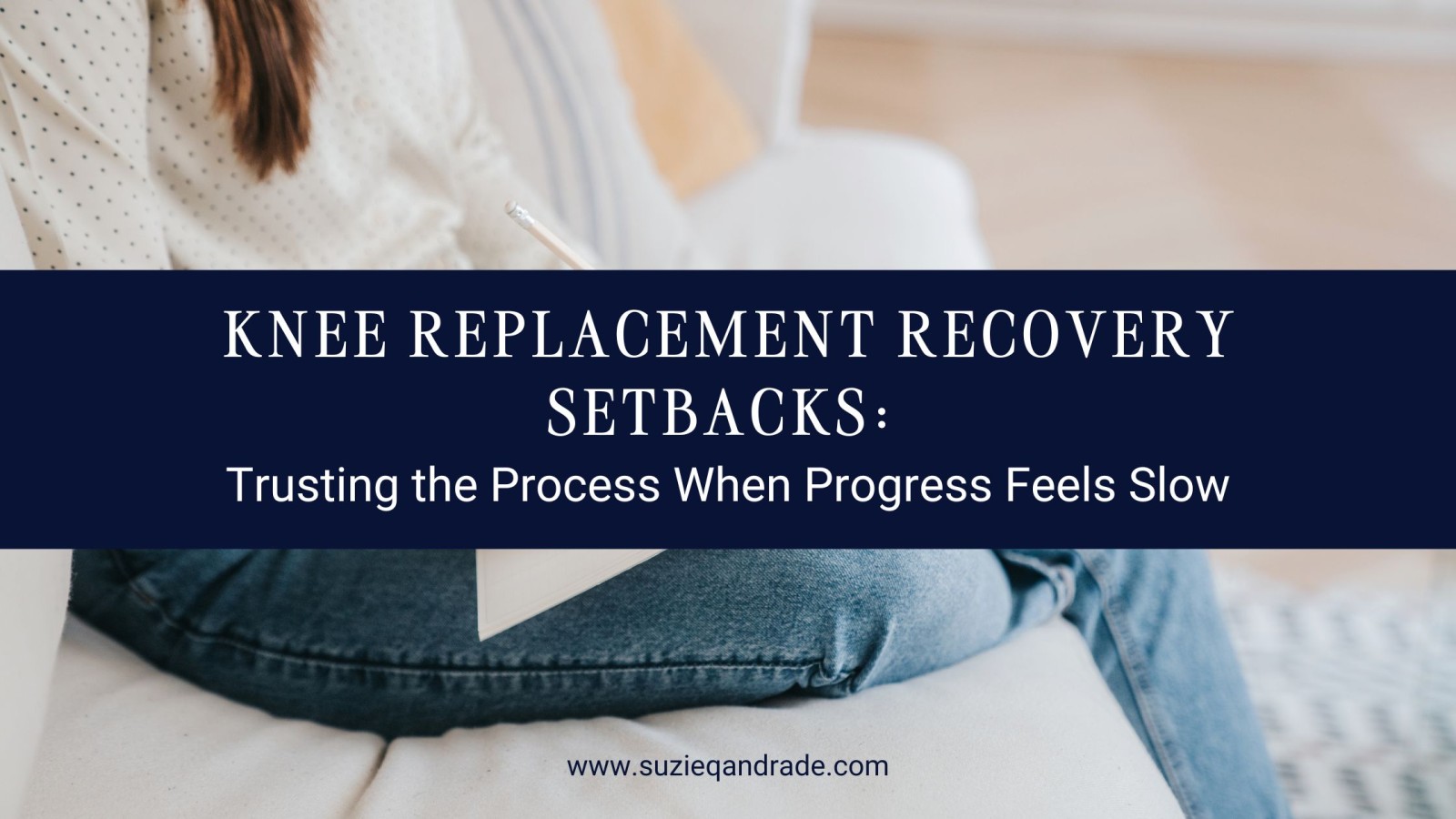
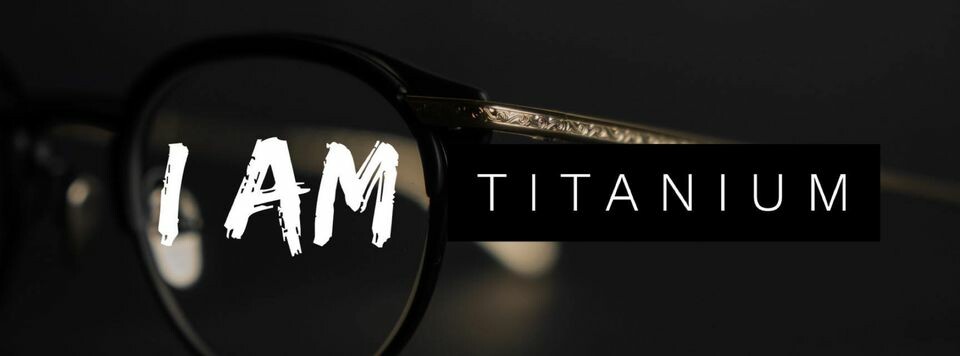





0 Comments